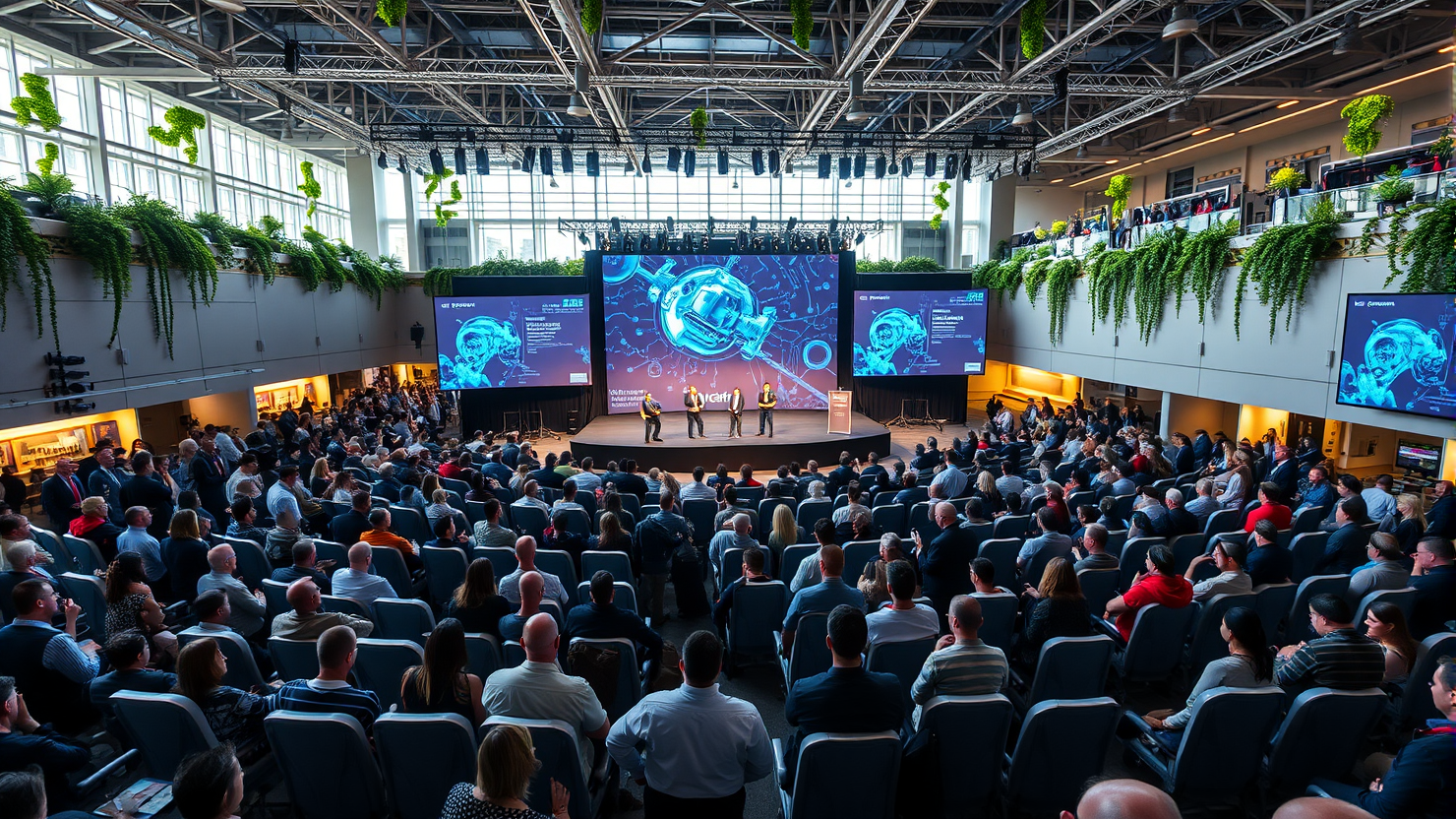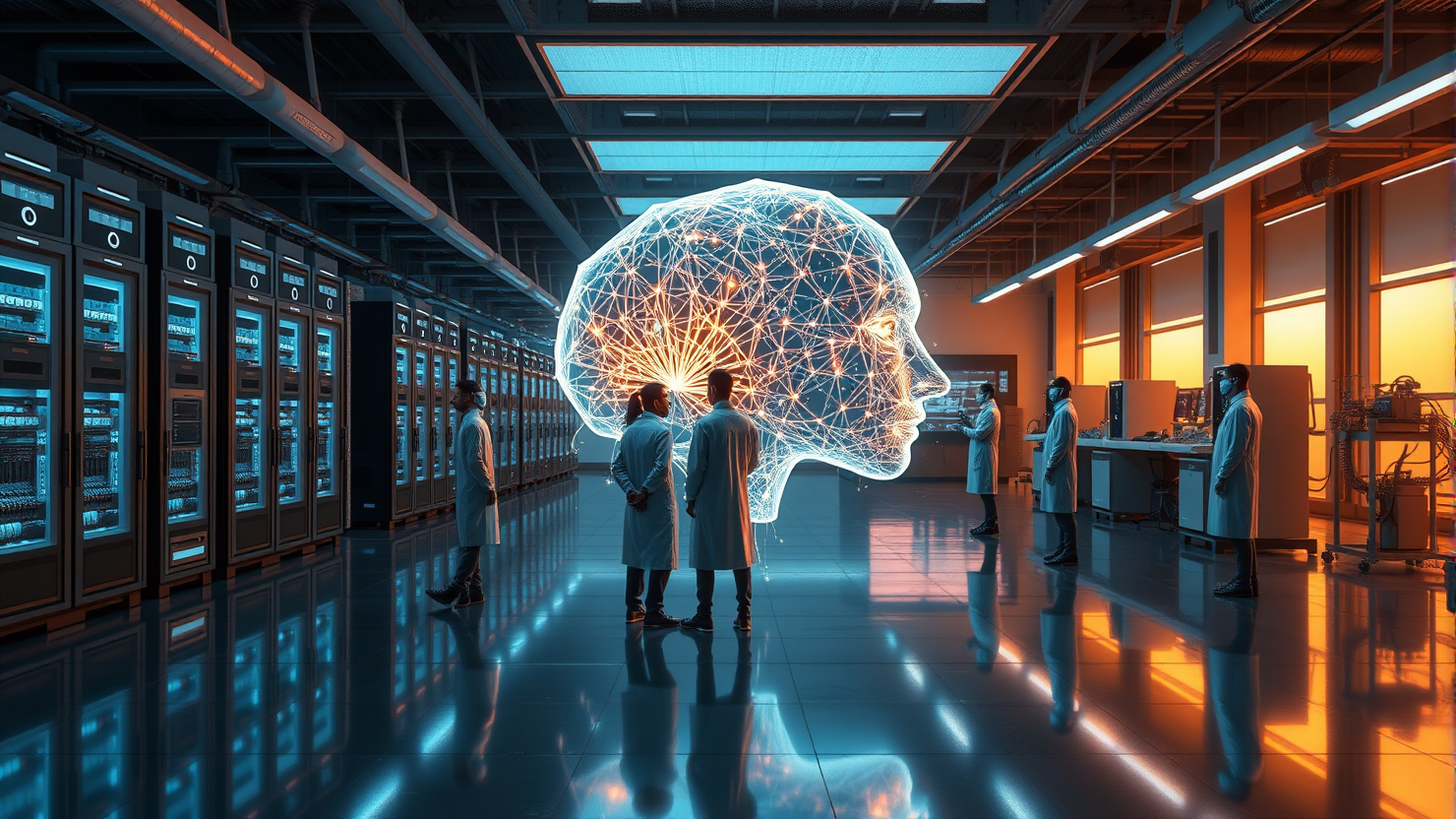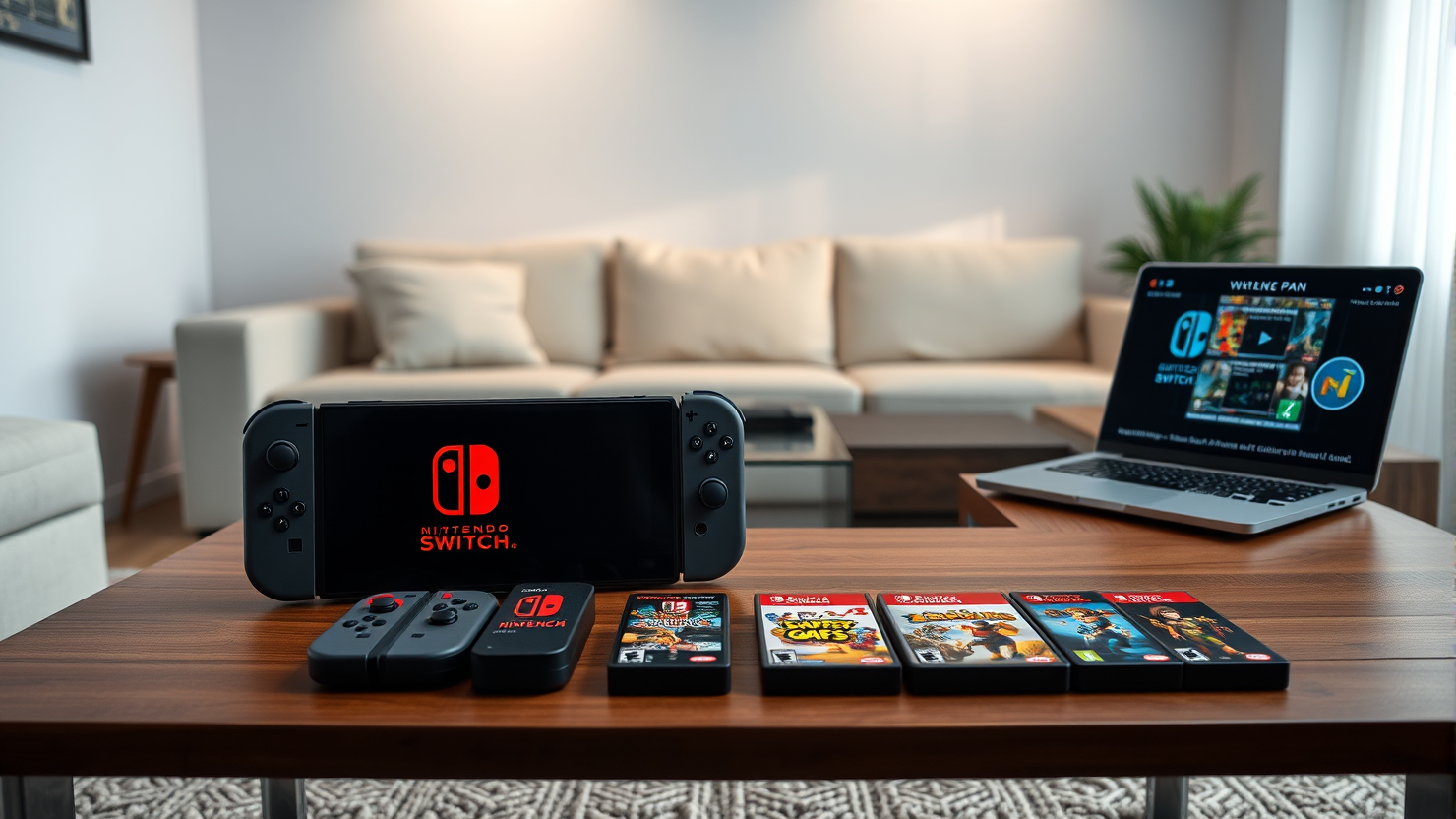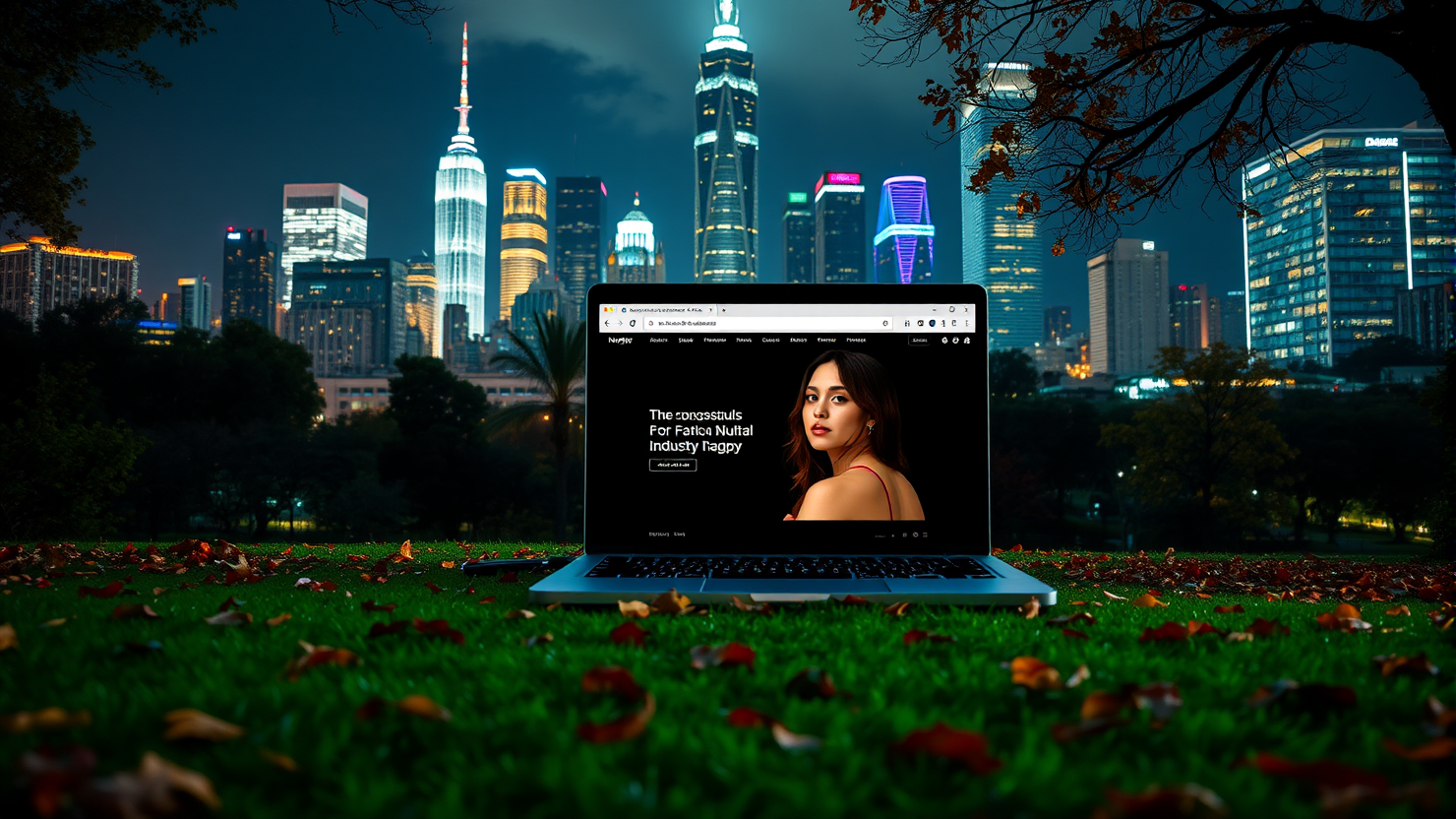OpenAI’s Vision Beyond GPT-5: Diversifying into Search, Hardware, and Social Media Apps

Nestled within a stylish Mediterranean restaurant in San Francisco, overlooking Alcatraz Island, I find myself surrounded by fellow tech journalists as OpenAI’s CEO, Sam Altman, enters. He casually discards the notion of a phone case, emphasizing his devotion to preserving the iPhone’s original design.
Altman shares an exciting glimpse into the future with us, discussing an upcoming AI device that he promises will be breathtaking in appearance. Jokingly threatening to hunt down anyone who dares to cover it with a case, he captures our attention with visions of groundbreaking technology.
The dinner serves as an opportunity for OpenAI executives to discuss their company’s aspirations beyond their latest AI model launch – GPT-5. While the event raises more questions than it answers, it underscores OpenAI’s evolution from a company primarily focused on AI models to one aiming to disrupt established players in search, consumer hardware, and enterprise software.
During the evening, we learn about some of these efforts. Fidji Simo, OpenAI’s incoming CEO of applications, will oversee multiple consumer apps, beyond ChatGPT, that the company has yet to unveil. Simo is expected to start work soon, and she may play a crucial role in launching an AI-powered browser designed to challenge Chrome.
Altman suggests that OpenAI would even consider acquiring Chrome if it becomes available. However, he expresses uncertainty about whether such a sale will take place. Simo might also oversee the development of an AI-powered social media app, which Altman finds intriguing as he explores new ways to create innovative social experiences with artificial intelligence.
Throughout the evening, OpenAI’s executives confirm rumors that they plan to invest in Merge Labs, a brain-computer interface startup, to rival Elon Musk’s Neuralink. The specifics of their partnership remain to be seen.
Despite discussions about browsers and brain chips, the conversation inevitably returns to GPT-5, the model at the heart of our gathering. Nick Turley, OpenAI’s VP of ChatGPT, admits that they underestimated the backlash from deprecating GPT-4 without notice. In the future, they plan to provide users with a clear transition period when retiring AI models.
Turley also reveals that updates are being rolled out to make GPT-5’s responses warmer but not sycophantic, ensuring it discourages negative user behaviors while still maintaining its efficient and straightforward style.
The delicate balance between GPT-5’s practicality and the need for empathy is a challenge OpenAI faces, particularly considering that some users may have developed dependencies on ChatGPT. Mental health experts are collaborating with OpenAI to develop guidelines for evaluating GPT-5’s responses and ensuring they don’t inadvertently reinforce unhealthy behaviors.
Despite the mixed reception of GPT-5, it appears that the model has boosted OpenAI’s business significantly. API traffic doubled within 48 hours of its launch, and the company is currently struggling to meet the demand for resources due to the surge in interest. Cursor and other AI coding assistants have adopted GPT-5 as their default AI models.
As the evening draws to a close, it becomes clear that we are not here to discuss GPT-5 alone. Rather, OpenAI is eager to showcase its ambitions of growing beyond its iconic yet controversial product. It seems likely that OpenAI will go public to meet its substantial capital needs as part of this expansion strategy.
Altman appears determined to cultivate stronger relationships with the media in preparation for OpenAI’s transition into a larger, more diverse company. The event serves as a testament to OpenAI’s commitment to pushing boundaries and challenging expectations in the AI realm.






